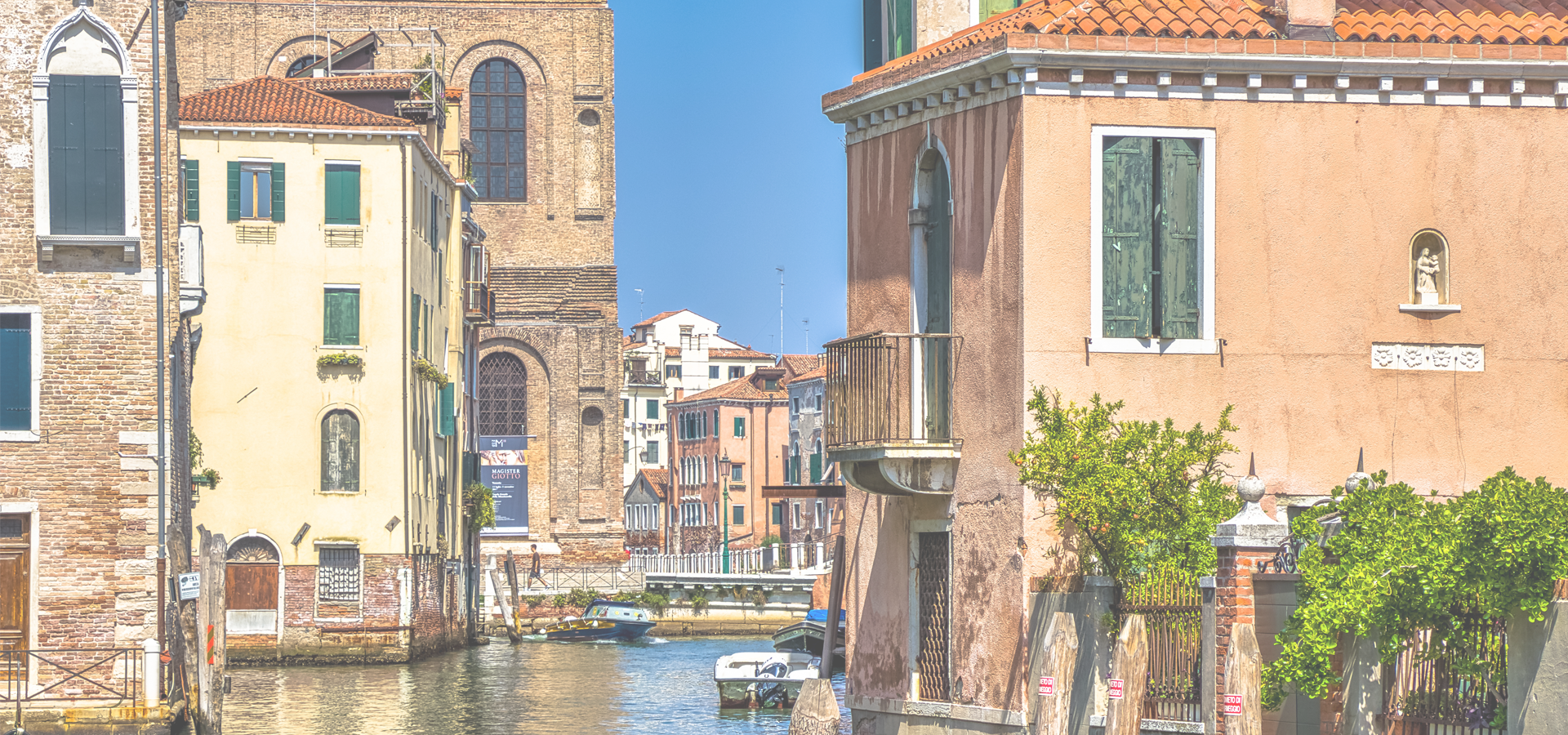Castelfranco Veneto, Province of Treviso, Veneto Region, Italy
🇮🇹 Castelfranco Veneto (Casteło) is a town and comune of Veneto, northern Italy, in the province of Treviso. It is the third largest municipality (comune) in the province by population after the capital Treviso and Conegliano. It's centrally located between the Venetian capitals of Treviso, Padua and Vicenza, it is a walled city with a medieval castle in excellent condition. Birthplace of Giorgione, the city conserves his house: Casa Giorgione, and, in a chapel of the Cathedral, the famous Pala di Castelfranco.
Territory The municipality of Castelfranco Veneto extends over a completely flat area, located at the western end of the province of Treviso, on the border with the province of Padua. The location is such that it can easily reach four provincial capitals (Treviso, Venice, Vicenza and Padua), as well as other important cities such as Bassano del Grappa, Cittadella and Montebelluna.
Thanks to its privileged position, it is served by a very varied and complete transport network: in fact, three important railway lines converge in the area, which intersect in the city station and two important road arteries, the SS 53 Postumia which connects Vicenza to Treviso, and the SS 245 Castellana between Mestre and Bassano del Grappa.
The main river is the Musone-Muson dei Sassi, but other smaller rivers flow in the territory of the municipality: l'Avenale, il Musoncello, il Musonello and il Muson Vecchio.
There are many fractions into which the city is divided. Castelfranco Veneto represents a commercial and industrial pole of great importance compared to the neighboring municipalities of the province of Treviso.
History Castelfranco was founded between 1195 and 1199 when the recently formed Municipality of Treviso felt the need to guard the border with rivals Padua and Vicenza, in an area where the Muson river represented the only ephemeral natural demarcation. The site chosen was placed in a strategic position: a pre-existing embankment on the eastern bank of the waterway, close to the confluence of the Postumia and Aurelia streets and in a central position between the lordly fortresses of Castello di Godego and Treville and the episcopal fortresses of Salvatronda, Riese and Resana. The works were directed by Count Schenella di Collalto, who employed about five hundred master masons and a thousand "guastatori" (unskilled workers). In a decade the construction could be said to be complete: a moat was dug around the castle walls into which the waters of two tributaries (resurgence waters) of the Muson were diverted: the Avenale and the Musonello.
Once the castle was erected, the Municipality of Treviso sent a colony of one hundred families of free men there, to whom farms and houses were granted exempt from taxes and encumbrances, hence the toponym Castelfranco: castle, precisely, "free" from taxes. This resulted in the peculiar composition of the castle population, the vast majority of which was not made up of soldiers, but of free citizens. The internal spaces, however, were not organized according to a typical urban plan: there was no real square and the most important buildings were distributed along the main road or even set back, as in the case of the church (at the time subordinate to the older Pieve Nuova, in the current Borgo Pieve), the accounting office and the infirmary.
Tourist Industry The older part of the town is square, surrounded by medieval walls and towers constructed by the people of Treviso in 1211 (see Cittadella).
Castelfranco Veneto was the birthplace of the painter Giorgione, and the cathedral, named il Duomo (1723), located inside the walls, contains one of his finest works, the Madonna with St. Francis and Liberalis (1504), but more commonly called Pala del Giorgione. In the background, the towers of the old town may be seen. The painting was being restored in Venice, Italy; however, ceremonies were held for the return of 'La Pala' near the end of 2005.
The cathedral itself was designed by Francesco Maria Preti, over an ancient Romanesque church. Other artpieces include seven fragments of frescoes by Paolo Veronese.
Transport Castelfranco Veneto railway station, opened in 1877, is a junction of three railway lines, the Trento–Venice railway, the Vicenza–Treviso railway and the Calalzo–Padua railway, respectively. As such, it is one of the busiest railway junctions in Veneto.
Europe/Rome/Venice

Castelfranco Veneto has a population of over 33,407 people. Castelfranco Veneto also forms one of the centres of the wider Treviso Province which has a population of over 885,616 people. Castelfranco Veneto is situated near Treviso.
To set up a UBI Lab for Castelfranco Veneto see: https://www.ubilabnetwork.org Twitter: https://twitter.com/UBILabNetwork
Twin Towns, Sister Cities Castelfranco Veneto has links with:
🇨🇦 Guelph, Canada🇨🇦 Bois-des-Filion 45.667
🇫🇷 Le Bourget-du-Lac 45.648
Locations Near: Castelfranco Veneto 11.9333,45.6667
🇮🇹 Bassano del Grappa 11.749,45.765 d: 18
🇮🇹 Padova 11.895,45.41 d: 28.7
🇮🇹 Treviso 12.25,45.667 d: 24.6
🇮🇹 Mestre 12.247,45.484 d: 31.7
🇮🇹 Vicenza 11.55,45.548 d: 32.6
🇮🇹 Venice 12.334,45.437 d: 40.3
🇮🇹 Belluno 12.217,46.133 d: 56.3
Antipodal to: Castelfranco Veneto -168.067,-45.667
🇹🇴 Nuku'alofa -175.216,-21.136 d: 17210.6
🇦🇸 Pago Pago -170.701,-14.279 d: 16516.2
🇼🇸 Apia -171.76,-13.833 d: 16458.3
🇵🇫 Papeete -149.566,-17.537 d: 16449.6
🇺🇸 Hilo -155.089,19.725 d: 12626.6
🇺🇸 Maui -156.446,20.72 d: 12540.3
🇺🇸 Maui County -156.617,20.868 d: 12526.8
🇺🇸 Wailuku -156.505,20.894 d: 12522.2